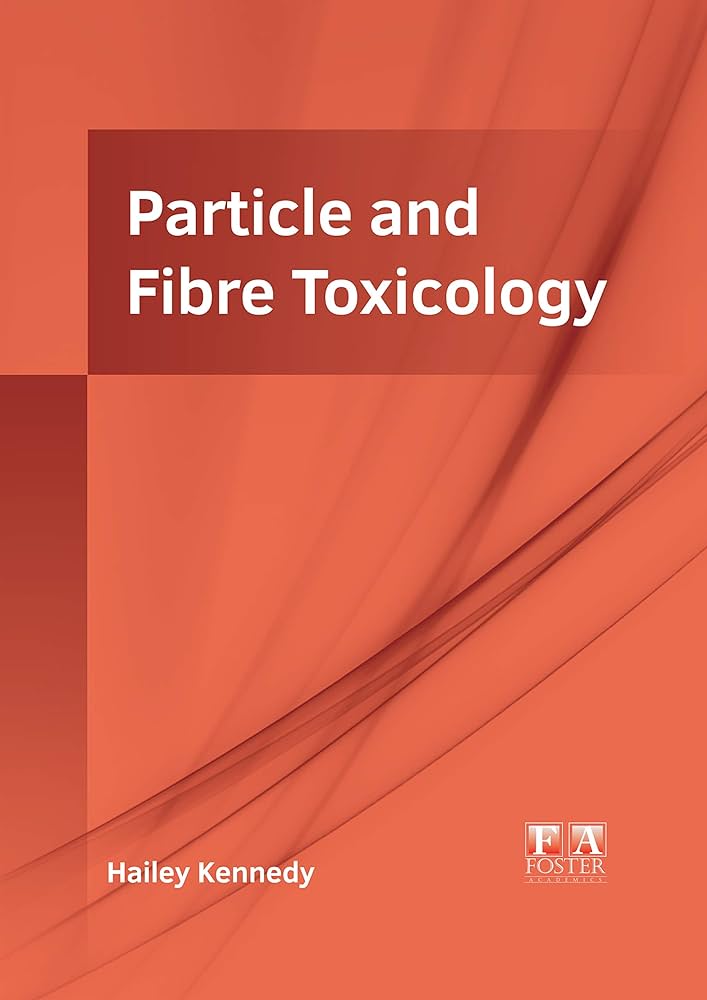接触高剂量聚苯乙烯纳米塑料会导致滋养层细胞凋亡并诱发流产
IF 8.2
1区 医学
Q1 TOXICOLOGY
引用次数: 0
摘要
随着全球各种塑料使用量的迅速增加,微塑料(MPs)和纳米塑料(NPs)的污染及其对健康的不良影响已引起全球关注。人体内已检测出 MPs,在动物模型中,MPs 和 NPs 都对雌性生殖系统有毒害作用。流产(异常早期胚胎损失)占全球孕妇的 15%-25%,对人类生殖造成极大危害。然而,人们从未探究过 NPs 对流产的不良影响。在这项研究中,我们发现聚苯乙烯(PS)塑料微粒存在于女性绒毛组织中。与健康对照组相比,原因不明的复发性流产(RM)患者绒毛组织中的聚苯乙烯塑料微粒含量更高。此外,小鼠实验进一步证实,接触聚苯乙烯纳米塑料(PS-NPs,直径 50 纳米,50 或 100 毫克/千克)确实会诱发流产。在机理上,接触聚苯乙烯纳米塑料(50、100、150 或 200 微克/毫升)会增加氧化应激,降低线粒体膜电位,并通过线粒体途径激活 Bcl-2/Cleaved-caspase-2/Cleaved-caspase-3 信号,从而增加人滋养细胞的凋亡。这种信号的改变在暴露于 PS-NPs 的小鼠模型的胎盘组织和不明原因 RM 患者的绒毛组织中是一致的。补充 Bcl-2 能有效抑制暴露于 PS-NPs 的滋养层细胞的凋亡,减少暴露于 PS-NPs 的妊娠小鼠模型的凋亡并缓解流产。暴露于PS-NPs会激活Bcl-2/裂解-caspase-2/裂解-caspase-3,导致人滋养细胞和小鼠胎盘组织中的细胞过度凋亡,进一步诱发流产。本文章由计算机程序翻译,如有差异,请以英文原文为准。
Exposure to high dose of polystyrene nanoplastics causes trophoblast cell apoptosis and induces miscarriage
With rapid increase in the global use of various plastics, microplastics (MPs) and nanoplastics (NPs) pollution and their adverse health effects have attracted global attention. MPs have been detected out in human body and both MPs and NPs showed female reproductive toxicological effects in animal models. Miscarriage (abnormal early embryo loss), accounting for 15-25% pregnant women worldwide, greatly harms human reproduction. However, the adverse effects of NPs on miscarriage have never been explored. In this study, we identified that polystyrene (PS) plastics particles were present in women villous tissues. Their levels were higher in villous tissues of unexplained recurrent miscarriage (RM) patients vs. healthy control (HC) group. Furthermore, mouse assays further confirmed that exposure to polystyrene nanoplastics (PS-NPs, 50 nm in diameter, 50 or 100 mg/kg) indeed induced miscarriage. In mechanism, PS-NPs exposure (50, 100, 150, or 200 µg/mL) increased oxidative stress, decreased mitochondrial membrane potential, and increased apoptosis in human trophoblast cells by activating Bcl-2/Cleaved-caspase-2/Cleaved-caspase-3 signaling through mitochondrial pathway. The alteration in this signaling was consistent in placental tissues of PS-NPs-exposed mouse model and in villous tissues of unexplained RM patients. Supplement with Bcl-2 could efficiently suppress apoptosis in PS-NPs-exposed trophoblast cells and reduce apoptosis and alleviate miscarriage in PS-NPs-exposed pregnant mouse model. Exposure to PS-NPs activated Bcl-2/Cleaved-caspase-2/Cleaved-caspase-3, leading to excessive apoptosis in human trophoblast cells and in mice placental tissues, further inducing miscarriage.
求助全文
通过发布文献求助,成功后即可免费获取论文全文。
去求助
来源期刊

Particle and Fibre Toxicology
TOXICOLOGY-
CiteScore
15.90
自引率
4.00%
发文量
69
审稿时长
6 months
期刊介绍:
Particle and Fibre Toxicology is an online journal that is open access and peer-reviewed. It covers a range of disciplines such as material science, biomaterials, and nanomedicine, focusing on the toxicological effects of particles and fibres. The journal serves as a platform for scientific debate and communication among toxicologists and scientists from different fields who work with particle and fibre materials. The main objective of the journal is to deepen our understanding of the physico-chemical properties of particles, their potential for human exposure, and the resulting biological effects. It also addresses regulatory issues related to particle exposure in workplaces and the general environment. Moreover, the journal recognizes that there are various situations where particles can pose a toxicological threat, such as the use of old materials in new applications or the introduction of new materials altogether. By encompassing all these disciplines, Particle and Fibre Toxicology provides a comprehensive source for research in this field.
 求助内容:
求助内容: 应助结果提醒方式:
应助结果提醒方式:


